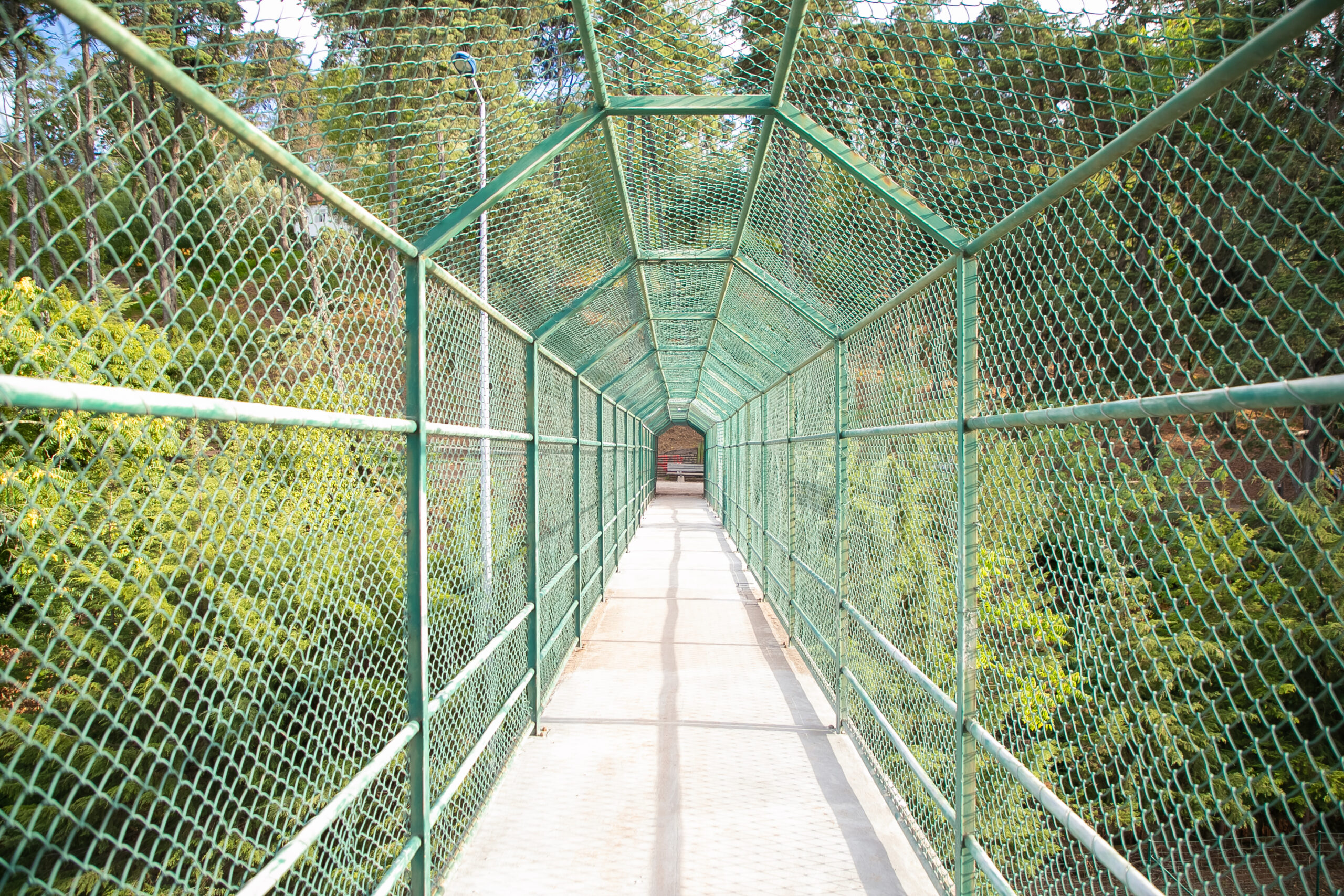In the modern urban landscape, birds—while often beautiful and beneficial—can sometimes become a serious nuisance. Pigeons, crows, mynas, and other birds are common sights in cities, but when they start nesting on ledges, windowsills, rooftops, and signage, they can cause significant damage and health hazards. One of the most effective and humane solutions to this problem is the installation of bird spikes.
What Are Bird Spikes?
Bird spikes are long, needle-like rods made of stainless steel or durable polycarbonate that are mounted in rows on surfaces where birds typically perch or roost. Despite their intimidating appearance, bird spikes are completely humane. They don’t harm birds; they simply prevent them from landing on treated surfaces.
Bird spikes work by denying birds the flat space they need to land. With the spikes in place, the birds cannot gain a secure footing and are forced to move elsewhere—ideally to natural perching areas like trees.
Why Are Bird Spikes Necessary?
Birds perching and nesting on buildings can lead to several issues:
- Damage to Property: Bird droppings are acidic and can corrode building materials, vehicles, air-conditioning units, and more.
- Health Risks: Bird droppings can harbor bacteria, fungi, and parasites that are harmful to humans. Diseases such as histoplasmosis and cryptococcosis can be transmitted through contact or inhalation.
- Noise and Disturbance: Birds like pigeons can gather in large flocks, creating loud and unpleasant noise.
- Clogged Drains and Gutters: Nesting materials and droppings can clog drainage systems, leading to leaks and water damage.
- Unpleasant Aesthetics: Accumulated droppings and feathers make spaces look unsightly and unhygienic.
Bird spikes are an effective and long-lasting solution to deter birds without causing them harm, keeping properties clean and bird-free.
Benefits of Using Bird Spikes
Humane: Unlike traps or poisons, bird spikes deter rather than harm.
Long-lasting: High-quality stainless steel spikes are resistant to rust and weather, offering many years of protection.
Low maintenance: Once installed, they require little to no upkeep.
Invisible from a distance: Especially with transparent polycarbonate or thin steel spikes, they do not alter the appearance of buildings.
Cost-effective: Compared to ongoing cleaning and repair costs due to bird droppings, spikes are a wise investment.
Types of Bird Spikes
Bird spikes come in various types, suitable for different needs:
- Stainless Steel Bird Spikes: Durable, rust-resistant, and ideal for long-term use in all weather conditions. Suitable for commercial and residential properties.
- Polycarbonate Bird Spikes: UV-resistant plastic spikes that are often transparent. They are more economical and suitable for light bird pressure areas.
- Wide Base Spikes: Designed for wide ledges or parapets, where multiple birds might try to roost.
- Narrow Base Spikes: Perfect for window sills, pipes, and railings.
- Flexible Spikes: Can be bent to fit curved or irregular surfaces like domes or signage.
Where Can Bird Spikes Be Installed?
Bird spikes are incredibly versatile and can be installed on:
- Window sills
- Roof edges
- Air conditioning units
- Street signage
- Parapet walls
- Balconies
- Lamp posts
- Solar panels
- Fences and ledges
- Building entrances
Anywhere that birds tend to perch, spikes can be mounted for deterrence.
Installation Process
Installing bird spikes is straightforward:
- Clean the Area: Remove bird droppings, feathers, and nesting material. Use a disinfectant to sanitize the area.
- Measure and Plan: Measure the length and width of the surfaces to ensure you purchase the right size and number of spikes.
- Apply Adhesive or Screws: Spikes can be affixed with weatherproof adhesive, screws, or ties, depending on the surface.
- Mount the Spikes: Align them along the edge, ensuring there are no gaps where birds might squeeze in.
- Inspect and Adjust: After installation, check to make sure all gaps are covered and spikes are securely mounted.
Professional installation services are also available for large-scale or complex projects.
Common Misconceptions
- “Bird spikes hurt birds.” – False. Spikes are designed to deter, not injure. Birds do not attempt to land on them once they notice the spikes.
- “Spikes only work for pigeons.” – Spikes deter a variety of species including crows, gulls, mynas, and even smaller birds depending on the spike density.
- “Spikes ruin the look of a building.” – Modern designs are minimal and barely visible from a distance.
Conclusion
In a growing cityscape where the interaction between humans and urban wildlife increases, it’s essential to strike a balance between maintaining hygiene and respecting nature. Bird spikes offer a responsible, humane, and effective method to control unwanted bird activity, protecting buildings and ensuring cleaner, safer environments.
Whether you’re a homeowner tired of cleaning bird droppings off your balcony or a business owner safeguarding your storefront, investing in bird spikes can save you money, time, and hassle while keeping our feathered friends safe.

